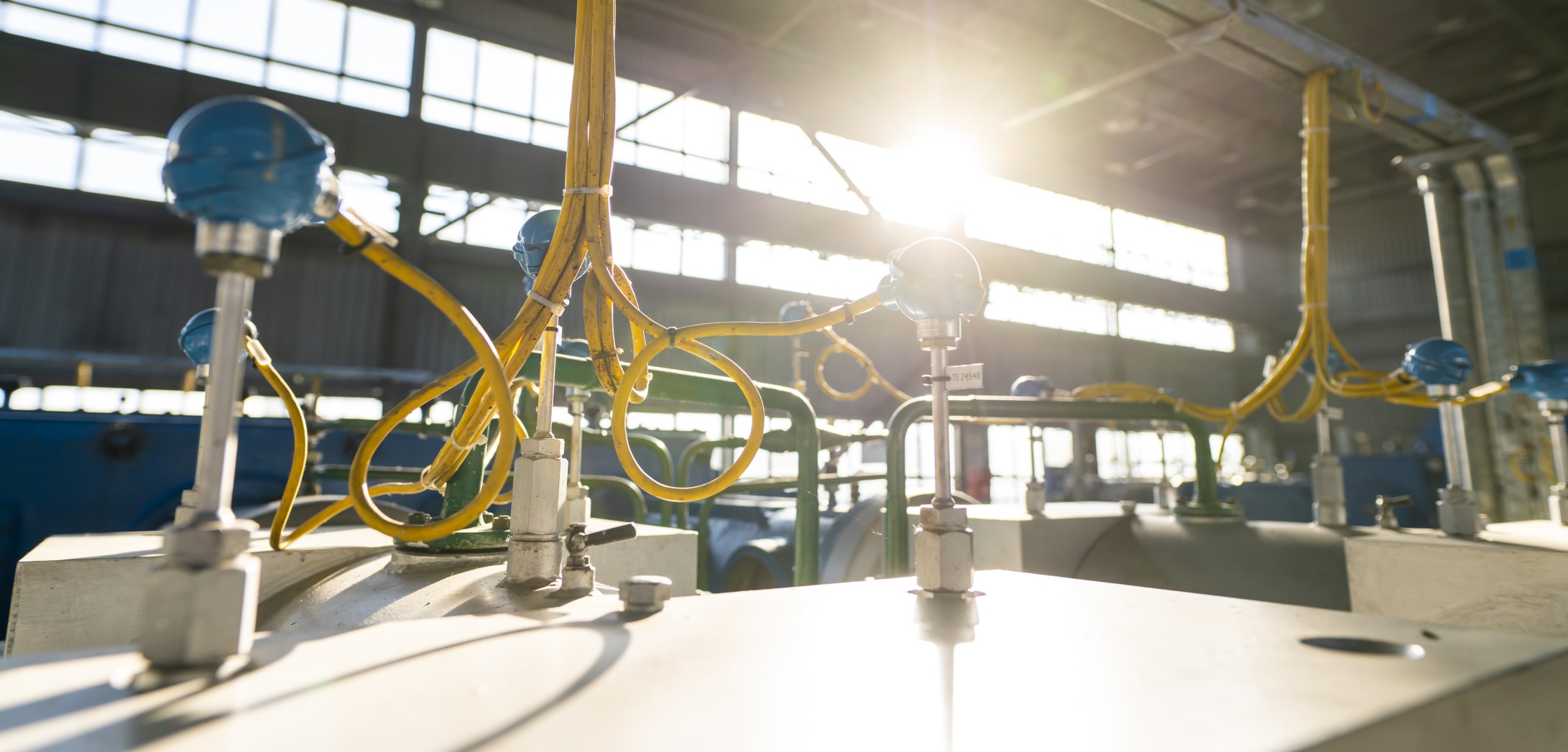
PGNiG’s Green Turn
The ongoing climate change has created a new paradigm, significantly affecting the fuel and energy sectors. A new catalogue of risks and opportunities related to business, environment, climate and social aspects has emerged.
PGNiG’s mission is to be a trusted supplier of energy for households and businesses. This is indicative of the oranisation’s responsibility for ensuring national energy security. To this end, for years the Group has been building a diversified and flexible gas portfolio to meet the growing demand from existing and new customers. In view of this commitment, we are taking steps to ensure certainty and continuity of supply and to secure a ‘transition fuel’ for Poland’s energy transition. It is impossible to quickly phase out coal and develop RES capacities without stable sources of natural gas and biomethane. A key aspect for PGNiG is to use natural gas as a fuel facilitating transition from conventional fuels to renewable energy sources and other new technologies.
Climate change – global warming
Besides 2018, 2021 was globally the sixth warmest year on record . It seems impossible to consider such record high temperatures as a mere ‘anomaly’. The last eight years (2013–2021) were the hottest period since records began in the mid-1800s. Given that in 2021 the average global air temperature was approximately 0.85°C higher than in the pre-industrial era (1850), the world is alarmingly close to the target set out in the 2015 Paris Agreement whose signatory states agreed to work together with the purpose of not exceeding global warming by more than 1.5°C compared with the pre-industrial era.
PGNiG and climate change – energy transition
The PGNiG Group is well aware of the ongoing climate change, therefore it takes steps to mitigate the human impact on climate and halt a further increase in the average air temperature. These efforts are two-fold.
On the one hand, through constant improvement of technological processes, R&D activities and business decisions, PGNiG seeks to minimise the adverse impact of its operations on climate and environment. In doing so, PGNiG strives to reduce both direct CO2 emissions from its operations, which occur during extraction of natural gas or production of electricity at PGNiG plants, as well as indirect CO2 emissions from the production of electricity purchased by PGNiG for its own needs.
On the other hand, PGNiG, through its operations, is directly involved in Poland’s energy transition. For Poland, this transition is both particularly urgent and challenging as, owing to rich coal deposits, for the last century Poland’s energy sector relied almost exclusively on this energy carrier. In 2018, the benchmark year for Poland’s Energy Policy until 2040, the share of coal in electricity generation was as much as 77%. According to this government document, reducing the share of coal by 2030 to less than 56%, while simultaneously lowering CO2 emissions by 30% relative to 1990, will be largely effected by increasing in the energy transition the use of ‘transition fuel’, that is natural gas**.
At the same time, the current work to amend the assumptions and objectives of Poland Energy Policy 2040 (PEP2040) reflecting the fast-changing market and geopolitical environment, necessitated certain modifications to this approach***. Ensuring energy security should be underpinned by greater diversification and independence to reduce the impacts of energy crises on the national economy, with efforts taken to gradually minimise adverse environmental and climate impacts. Energy sovereignty, with a particular focus on cutting reliance on fossil fuels from the Russian Federation and other countries subject to economic sanctions, is becoming vital in the present situation. The amendments to PEP2040 are intended to support:
- further development of renewable energy sources, including biogas (renewable sources are expected to account for around half of energy generation in 2040);
- continuous energy efficiency improvement, including energy demand reduction;
- further diversification of supply sources and securing alternative sources (including through expansion of LNG supply, start-up of the Baltic Pipe connection with Norway and development of hydrogen technologies, including for hydrogen distribution);
- expansion of the energy storage infrastructure.
According to the International Energy Agency (“IEA”), the accelerated switch from coal to natural gas over the past decade led to almost 600 million tonnes CO₂ of additional avoided emissions in 2018 compared to the 2010 levels.**** This was primarily attributable to the shale revolution in the United States, which completely transformed the energy sector in North America. However, according to IEA, the vast majority of the potential to further phase out coal in favour of natural gas lies in Europe*****. In the United Kingdom, coal-to-gas switching has contributed to reducing emissions from the energy sector by as much as 50% over the last decade******. Importantly, as long as the electricity storage technology does not reach maturity, enabling the construction of large-scale low-cost storage facilities, natural gas will be playing a key role in balancing the energy system, which relies more and more heavily on zero-emission, but ‘uncontrollable’ renewable energy sources*******. But this approach is currently affected by the availability and cost of various commodities and energy sources, including natural gas.
Switching from coal to gas or nuclear is necessary not only to protect climate, but also to improve air quality in Poland. According to the authors of the ‘Clean Air’ government programme, each year around 45,000 people in Poland die of diseases caused by air pollution, more than seven times the number of those who die as a result of passive smoking********. Smog is primarily caused by the accumulation of particulate matter, mainly produced from coal combustion and virtually absent in natural gas combustion*********. Thus, to combat smog, the Polish government has launched initiatives to stop burning coal in households in urban and rural areas, respectively, by 2030 and 2040.********** Obsolete and inefficient coal-fired furnaces will therefore be replaced with low- and zero-emission ones – with a simultaneous expansion of the distribution infrastructure, natural gas will become an alternative to individual households and municipal heating systems alike provided price and supply stability is ensured.
In view of the above, the role of natural gas as a ‘transition fuel’ in Poland’s energy transition, helping reduce climate and environmental impacts, still appears critical. PGNiG, as the largest player on the Polish gas market, has been engaged in this process for many years, not only by facilitating the transition of the country’s power generation sector towards carbon-neutral, but also by taking steps to steadily reduce its own negative impact on the ecosystem and securing stable gas sources while constantly searching for and developing alternative technologies.
*NASA, 2021 Tied for 6th Warmest Year in Continued Trend, NASA Analysis Shows
**Ministry of Climate and Environment, Poland’s Energy Policy until 2040, Warsaw 2021, p. 35.
***International Energy Agency, The Role of Gas in Today’s Energy Transitions, Paris 2019, p. 7.
****Ibidem, p. 10.
*****Ibidem, p. 65.
******Ibidem, p. [X]
*******‘Clean Air’ Programme, About smog
********International Energy Agency, The Role of Gas…, p. 33.
*********Ministry of Climate and Environment, Poland’s Energy Policy until 2040, Warsaw 2021, p. 74.

